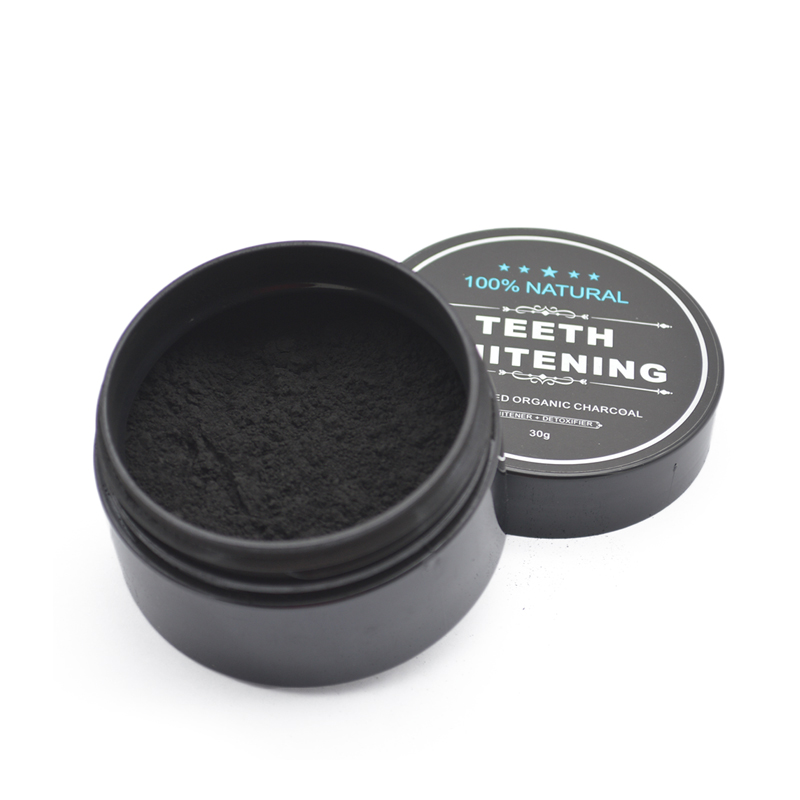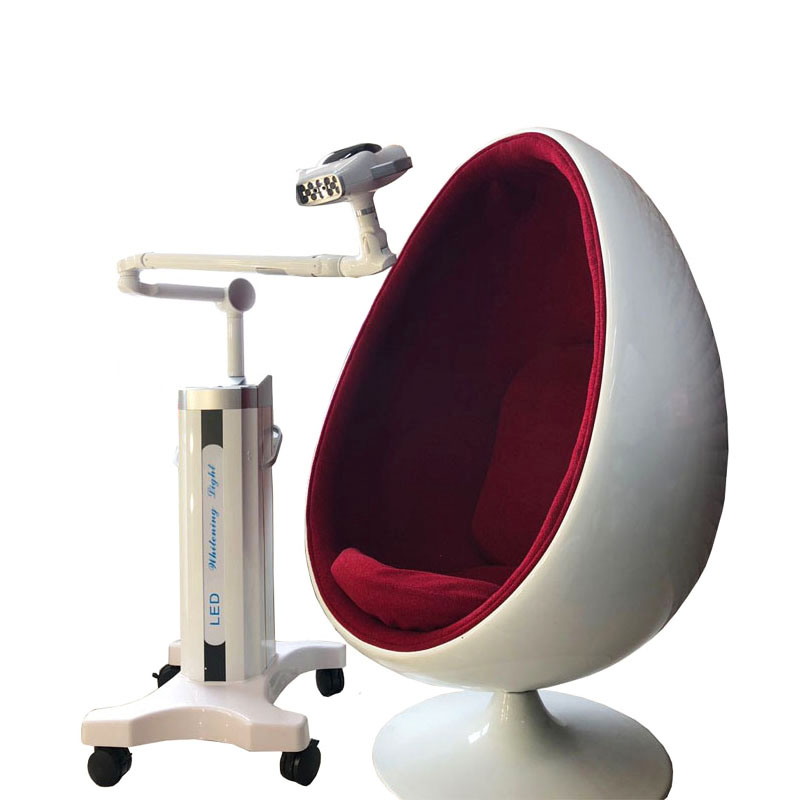I usually roll my eyes at expensive, “luxury” skin care trends. I mean, who wouldn’t be skeptical when some fancy chemical peels and celebrity-favorite laser treatments cost more than a car payment?
Drugstore serums and $5 sheet masks have worked just fine for me. Plus, as someone with annoyingly sensitive skin and a shopping list of conditions (eczema, rosacea, fungal acne—you name it), I’ve gone through hell and back to narrow down what breaks me out and what doesn’t, so I hesitate to throw anything new at my face. But when I learned about the customizable, noninvasive, and seemingly universally adored HydraFacial, I was (cautiously) intrigued. Hydra Beauty Machine

You’ve likely seen it on TikTok, but if you haven’t, the viral (and pricey) treatment promises to give your complexion a reboot by exfoliating dead skin cells, extracting all the gunk that leads to bumps, and nourishing your face with moisturizing serums. Its standout selling point, though, is that it’s designed to help people of all skin types achieve a radiant glow. Yes, all—including acne-prone, eczema-prone, or super dehydrated skin.
Of course, many of us don’t have a couple hundred dollars (or $150–$300, to be precise) lying around to spend on a one-time “self-care” splurge that may or may not do anything for the skin, which is why I’m here to help. When I got the opportunity to try a complimentary HydraFacial, I decided to play guinea pig and see if it can really result in a smooth, fresh face or if it’s just another overpriced beauty fad to skip. Keep reading for a detailed and brutally honest review, from a wellness writer who likes to think she can smell skin care BS from a mile away.
The HydraFacial is no ordinary facial—especially since, again, it’ll typically set you back $150–$350, depending on where you go (yikes, I know). Along with the potential exfoliation, extraction, and hydration benefits listed above, some proponents claim the treatment can also improve acne and uneven texture, diminish hyperpigmentation, and even reduce the appearance of fine lines. But what (allegedly) makes it worth the hefty cost? That was my biggest question and the first thing I asked Lisa Vasquez, CANS, FNP-BC, the board-certified aesthetic nurse practitioner at Pearlman Aesthetic Surgery who performed the HydraFacial on me.
“The extraction process of the HydraFacial is generally more thorough and effective than manual extractions during a standard facial,” Vasquez told me. And it’s all thanks to a unique suction device, which works like a vacuum to gently pull out whiteheads and blackheads, as well as oil and dead skin creeping below the skin’s surface, she explains. The 30–45 minute treatment also relies on a whirling force of water, rather than physical and sometimes harsh exfoliants, to blast the top layer of your skin, making it less likely to leave behind inflammation or irritation, according to Vasquez—a possible consequence of manual extractions, if done incorrectly or by a nonprofessional.
That’s not all, though. As the name implies, the HydraFacial focuses heavily on, yep, hydration. By using that same specialized wand to then infuse your face with moisturizing serums containing dermatology darlings like antioxidants, peptides, and hyaluronic acid, the goal is to send you out the door with a glowing, glasslike finish, according to Vasquez.
First, Vasquez used a high-tech facial imaging machine to run a skin analysis test in order to better understand what underlying factors the HydraFacial could address and personalize my treatment accordingly. It was pretty cool—and a little freaky—seeing all the hidden UV spots (a result of sun damage), redness, and pores I never really knew I had. (FYI: Pearlman Aesthetic Surgery offers the analysis free for all clients. Other practices or medspas may do the same, or they may not, Vasquez says. The average cost for this step is $50–$60.)
By Rozalynn S. Frazier, C.P.T.
My VISIA Skin Analysis results.
After the analysis, we got to work. Vasquez double-cleansed and steamed my face to ensure we were starting with a clean canvas—even though I showed up with zero makeup. In most cases, a light exfoliating mask (containing glycolic acid or salicylic acid) would be next, she told me, but since I have ultrasensitive and eczema-prone skin, we both agreed it was safest to skip this step.
“The ultimate goal of a HydraFacial is to provide a versatile and customizable treatment to address your specific skin concerns,” Vasquez explains, and exfoliants can sometimes cause irritation or trigger an eczema flare-up. (Hence, why it’s so important to inform your aesthetician, nurse practitioner, or dermatologist about any allergies or pre-existing conditions beforehand.)
Then, we continued on to the fun part: For the next 20 minutes or so, Vasquez used that wand we mentioned earlier (with a HydroPeel tip) to suck out any congestion from my pores—from colorless, little bumps to more prominent blackheads. I know: It sounds kind of scary and, honestly, aggressive, and it was uncomfortable at some points (imagine what it’s like to have a tiny vacuum tugging on your cheeks and forehead!). But despite how intimidating the technology may seem, it’s actually a relatively gentle extraction process suitable for eczema- and rosacea-prone skin, Vasquez says. Plus, it was way less painful than having my face pinched and prodded by an aesthetician’s fingers.
By Rozalynn S. Frazier, C.P.T.
A specialized tip was used to gently exfoliate the top layer of my face.
The last half of our session was a much calmer, more relaxing experience, where we honed in on the “Hydra” in HydraFacial. That same all-in-one tip then saturated my face with a bunch of different serums. As weird as it sounds, it felt like what I can only assume a hundred kisses from a butterfly would: super gentle, lightweight, and ever-so-slightly damp taps. “Unlike slapping these serums on topically, the wand allows them to penetrate your face at a deeper level, improving its moisture content and overall texture,” Vasquez says.
Serums were also infused into my face with the same HydraFacial tip.
By Rozalynn S. Frazier, C.P.T.
Our session ended with a refreshing, cooling sheet mask, topped off with a red light LED mask, which research shows can kill acne-causing bacteria and promote collagen production for some people.
An oh-so-refreshing cooling mask was one of the last steps of the HydraFacial.
Not going to lie: When I first picked up a handheld mirror after 45 minutes of suctioning, prodding, and extracting, I panicked. Sure, I was prepared for some mild redness, but the pimple near my eyebrow looked extra angry and my cheeks appeared more flushed than usual. Thankfully, the inflammation—and my internal freak-out—subsided within an hour (phew!)
The real wow factor, however, showed up over the next week or so. For about ten days, my previously dull and meh skin was definitely dewier, glowier, and brighter: the closest to “effortless glass skin” I’ll probably ever get (if you don’t believe me, check out the before-and-after pics).
(Left) Before the HydraFacial. (Right) One day after the HydraFacial.
By Rozalynn S. Frazier, C.P.T.
For one, the large, dark pores around my nose and cheeks seemingly disappeared. And that giant angry eyebrow zit I mentioned? It shrunk two days later without leaving a scar, thanks to the painless extraction process. Overall, the HydraFacial left my face feeling moisturized, smooth, and bouncy—not just immediately after, but even a week later! And bonus points for being one of the only professional treatments I’ve tried that didn’t irritate or exacerbate my eczema.
One of my biggest hopes for the HydraFacial was to make my stubborn hyperpigmentation disappear ASAP. To my disappointment, though, the dark spots between my eyebrows were still there (which, to be fair, Vasquez did warn me about beforehand—it can take multiple sessions to see them start to fade, she said).
That being said, I was pleasantly surprised that the one red dot between my eyes did lighten slightly over the next week. Perhaps it was the boost of hydration (because, yes, research shows that moisturizing ingredients can help with mild hyperpigmentation). Or maybe it just took time for the effects of the treatment to show up. Either way, the HydraFacial definitely didn’t make any of my redness and acne scarring worse, which was a relief. (FYI: Vasquez suggests a chemical peel, laser treatments, or micro-needling when it comes to deep and persistent postinflammatory erythema (PIE) and postinflammatory hyperpigmentation (PIH), specifically.)
Now for the three-hundred-dollar question: Do I think you should try it too? It depends on what you’re looking for. Personally, I can’t speak about how well the HydraFacial works for active acne, say, or icepick scars (Vasquez says it can help with these issues, especially after a few sessions, but I wasn’t dealing with any of that at the time). If you’re looking for a long-lasting glow (like me), however, I’d say it’s worth the *occasional* splurge if you can swing it. As in, a few times a year—maybe before a wedding or once during the hot summer months when your skin is super oily, congested, and feeling yucky from all that sweating—rather than every four to six weeks, which is the standard recommendation. If you are considering the HydraFacial before a major event, though, just make sure to get an appointment two or three days in advance (I saw the biggest difference after three days, and your face can be slightly red and inflamed the day of).
By Rozalynn S. Frazier, C.P.T.
Me, 10 days after a HydraFacial, with no makeup or filters.
“Even after one treatment, you can typically see immediate improvements,” Vasquez says. “Of course, multiple sessions can help address specific concerns over time, such as improving acne and promoting overall skin health.” It may help to think of the HydraFacial as a tune-up: Rather than some miracle worker, it’s more of a “refresh” to rejuvenate your face—and if you’re like me, your mood—every once in a while.
SELF does not provide medical advice, diagnosis, or treatment. Any information published on this website or by this brand is not intended as a substitute for medical advice, and you should not take any action before consulting with a healthcare professional.

Vascular Removal Machine © 2023 Condé Nast. All rights reserved. Use of this site constitutes acceptance of our User Agreement and Privacy Policy and Cookie Statement and Your California Privacy Rights. SELF may earn a portion of sales from products that are purchased through our site as part of our Affiliate Partnerships with retailers. The material on this site may not be reproduced, distributed, transmitted, cached or otherwise used, except with the prior written permission of Condé Nast. Ad Choices